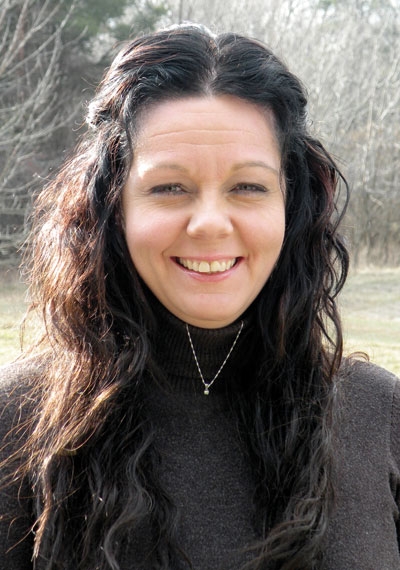
Sustainability in Focus
Kristy Nudds
Features Research Welfare Environment Poultry Production Production Sustainability Lianne (Lia) Appleby , new editor
Lianne (Lia) Appleby , new editor Sustainability has become a buzzword in the agricultural industry. But what does it mean exactly?
The USDA defines sustainability as a way to enhance environmental quality; make the most efficient use of nonrenewable resources and on-farm resources, including natural biological cycles and controls; sustain the economic viability of farm operations; and enhance the quality of life for society as a whole.
However, what’s key when talking about sustainability is economics. Yes, the end result is providing food for the population at large, but those who produce the food need the system to be economically viable in order to continue making the necessary changes required to be sustainable in terms of both maintaining production and remaining viable economically.
Animal welfare, particularly with respect to egg production and the use of gestation crates for sows, has become part of the sustainability equation. At many meetings I have been to in the past year participants have included the welfare of animals and the use of new production systems in the sustainability discussion.
This has been driven primarily by animal rights groups influencing consumers and industry, and it’s led many food companies to start demanding these animals be housed in a certain way. But the key question has always been, will consumers pay for the increased costs welfare-friendly systems incur?
In the article “A Market for Animal Welfare” (page 19), economist Jayson Lusk proposes a credit system for animal welfare that makes welfare a “purchasable commodity” and encourages consumers to buy credits to support its improvement. An interesting idea. However, how will this be measured, and who makes the rules? As Lusk correctly points out, consumers are inconsistent — although many say they will pay more for a product produced within a certain type of welfare-friendly system, the number of consumers who will actually do so is minimal. This was evident, Lusk says, during the discussion surrounding Proposition 2 in California; in that case, 63 per cent of consumers voted for a ban on conventional layer cages, but only five per cent said they were willing to pay the premium for cage-free eggs.
Despite the lack of willingness to pay, consumers and food companies will continue to push for improved welfare standards. Moving forward, the key is focusing not just on the systems themselves but also on how producers can transition while still remaining economically viable. Otherwise, the sustainability discussion is moot.
New Editor
Lianne (Lia) Appleby will serve as editor of Canadian Poultry while Kristy Nudds is on maternity leave, beginning this month. She comes to the magazine from Hybrid Turkeys, a division of Hendrix Genetics, in Kitchener, Ont., where she specialized in corporate marketing and promotions. Prior to this, Lianne worked in public relations for the Ontario Cattlemen’s Association for five years. She began her career with the Chicken Farmers of Ontario.
She holds a BSc. and MSc. from the University of Guelph, and completed her Masters thesis on broiler nutrition under the guidance of Dr. Steve Leeson. She is looking forward to immersing herself in the world of the poultry producer and learning more about the industry. She resides in Rockwood, Ont.
Print this page